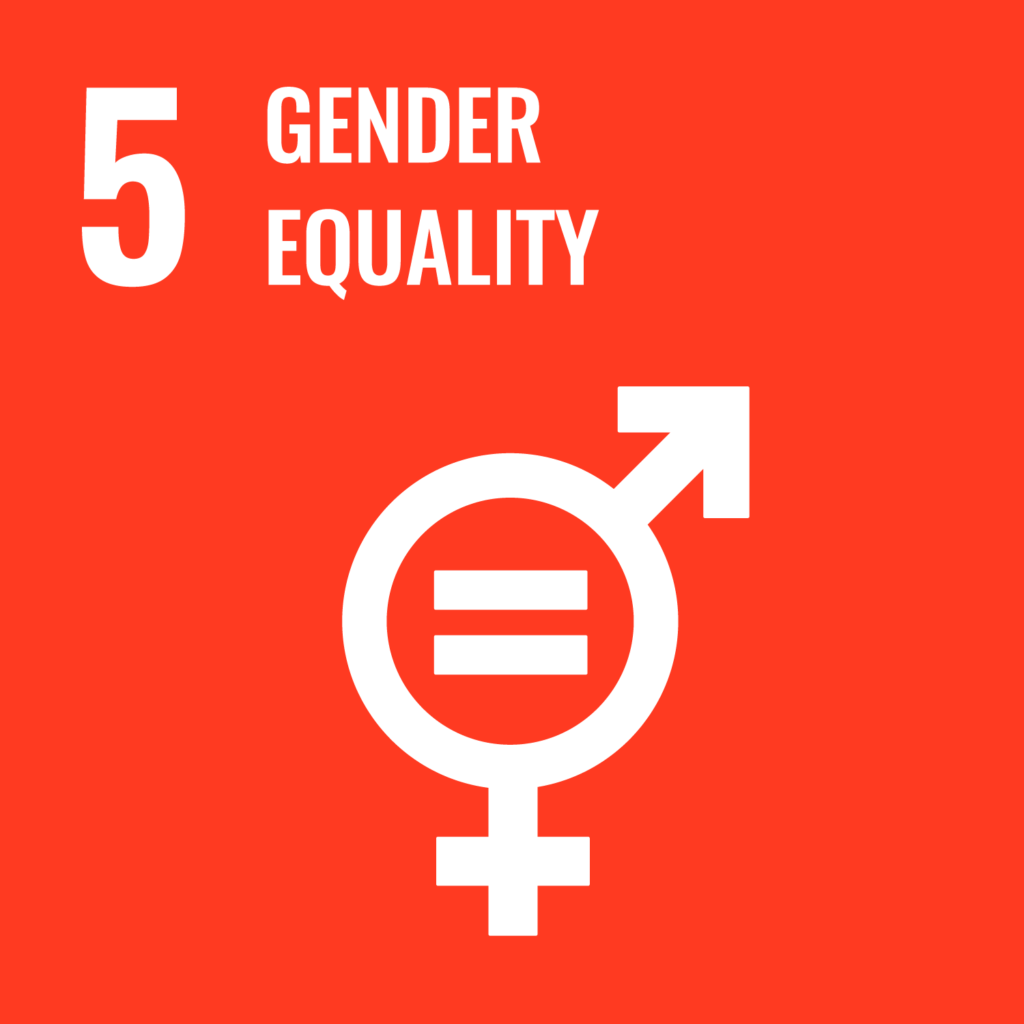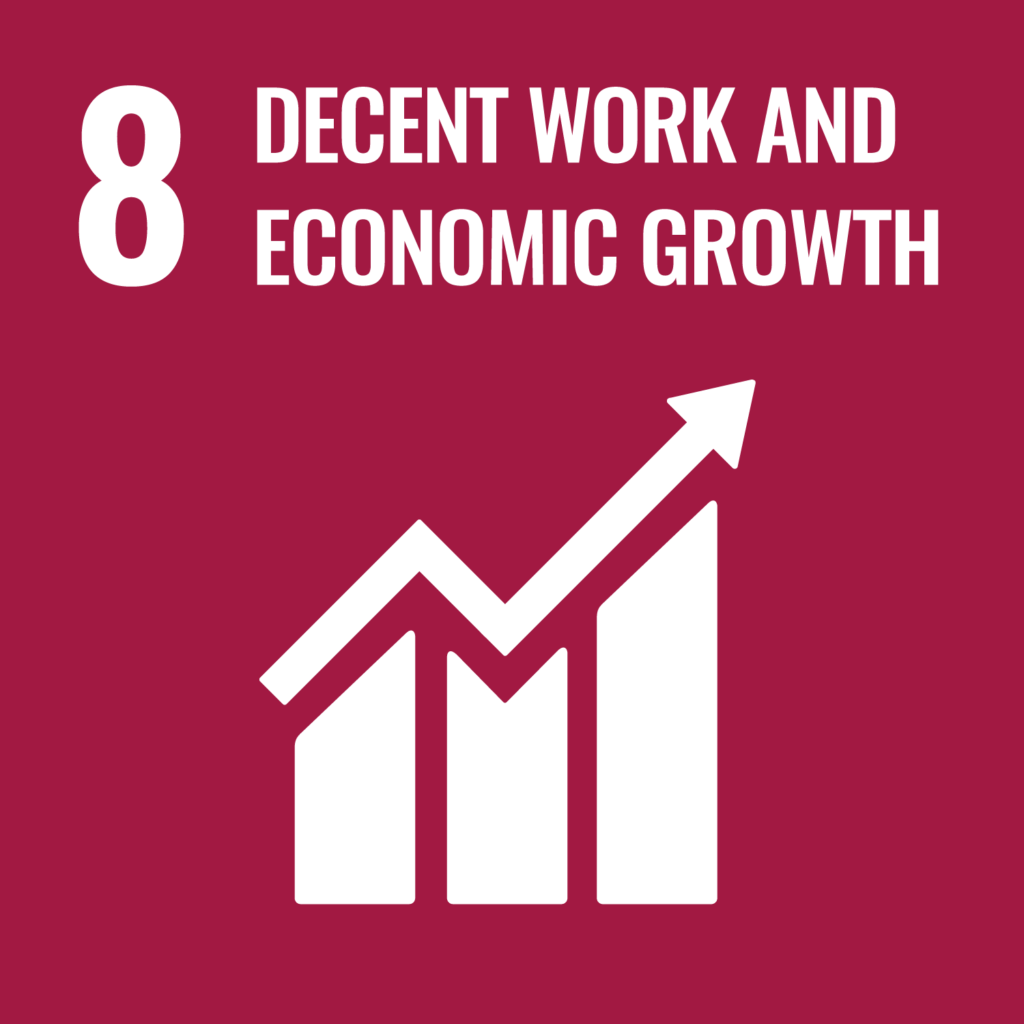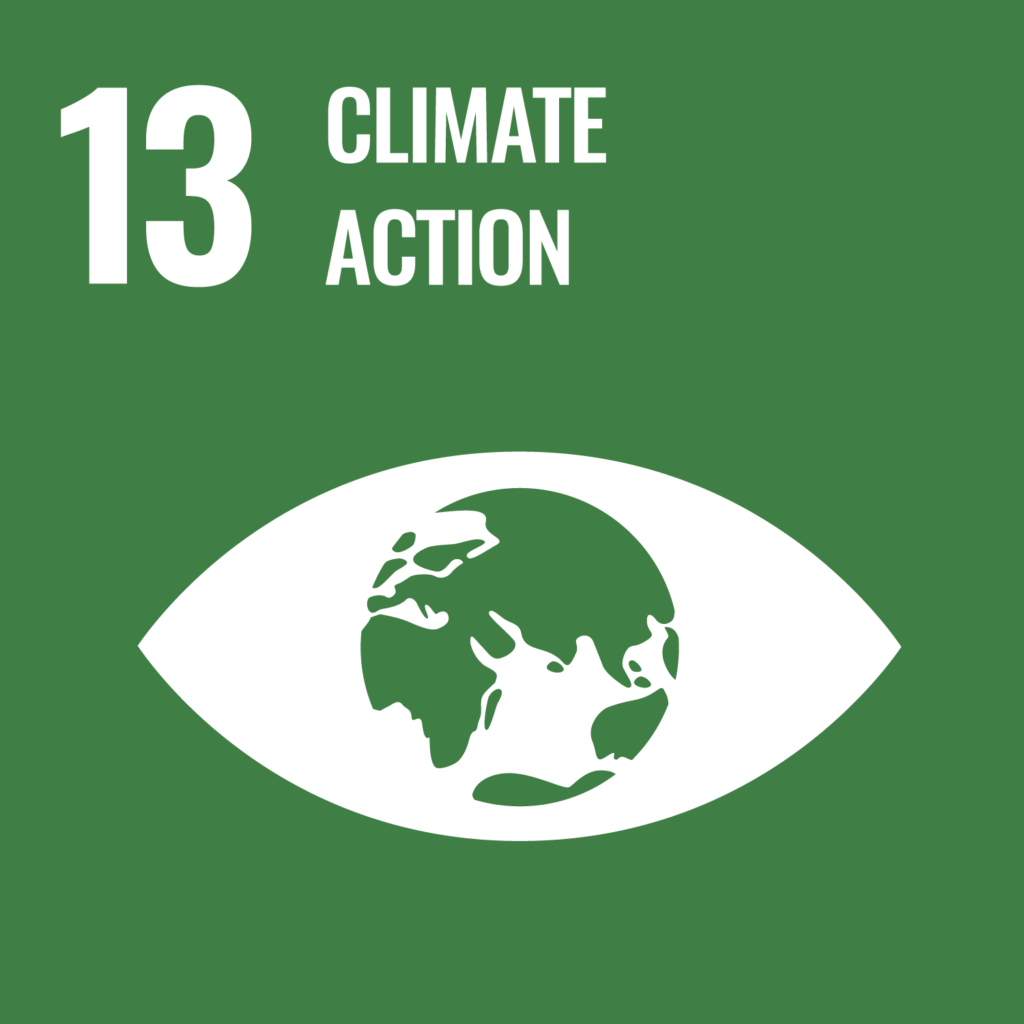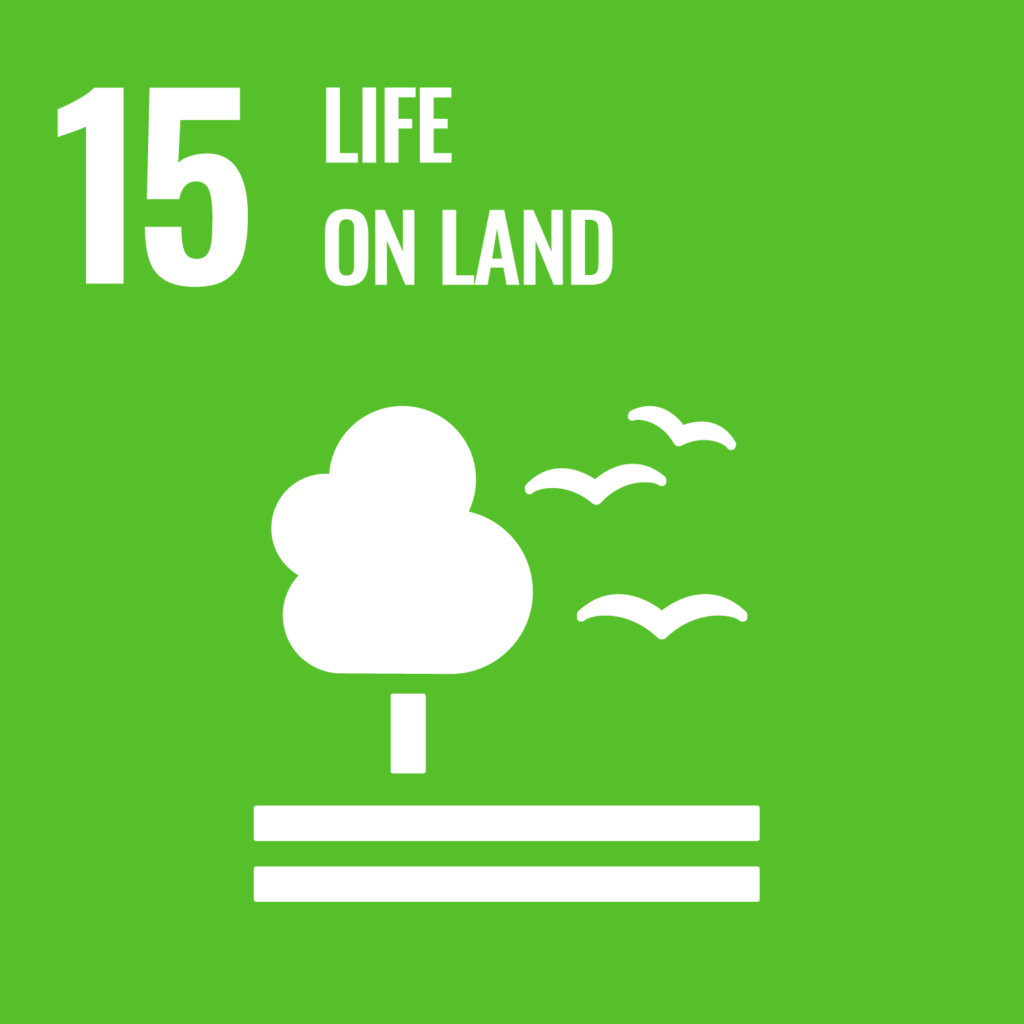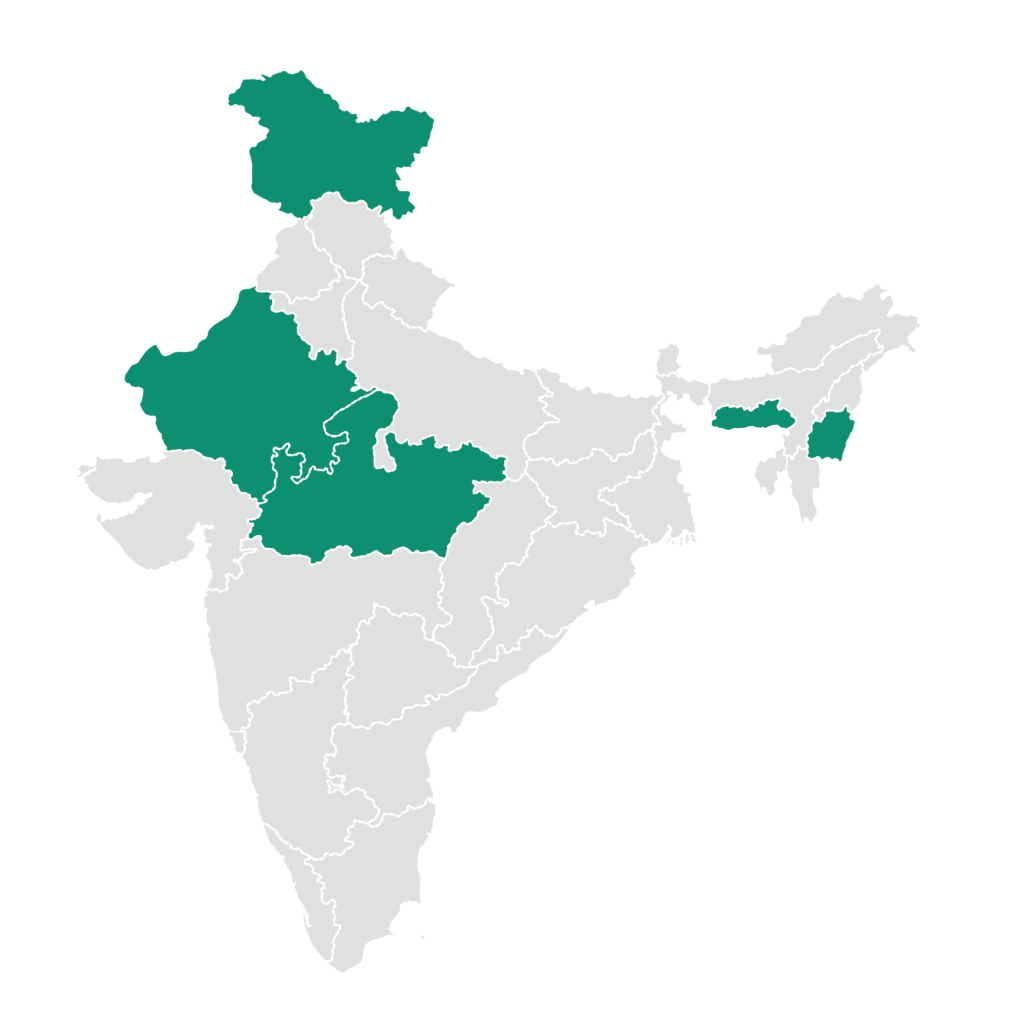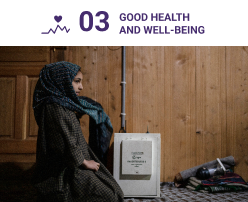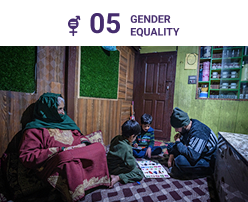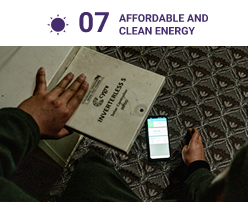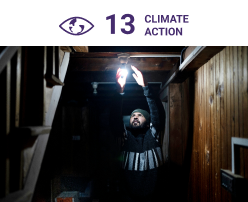From Darkness to Opportunity

Bilal Ahmad Lone

Only one room was lit with a kerosene-fueled lantern. During the evening, the family would fill the room; it became difficult for the children to study in the same crowded space. However, after installing the solar panel, the children use different rooms for studying, making it possible for my children to study more (than before).
Bilal Ahmad Lone
A resident of Nopachi village in Kishtwar

